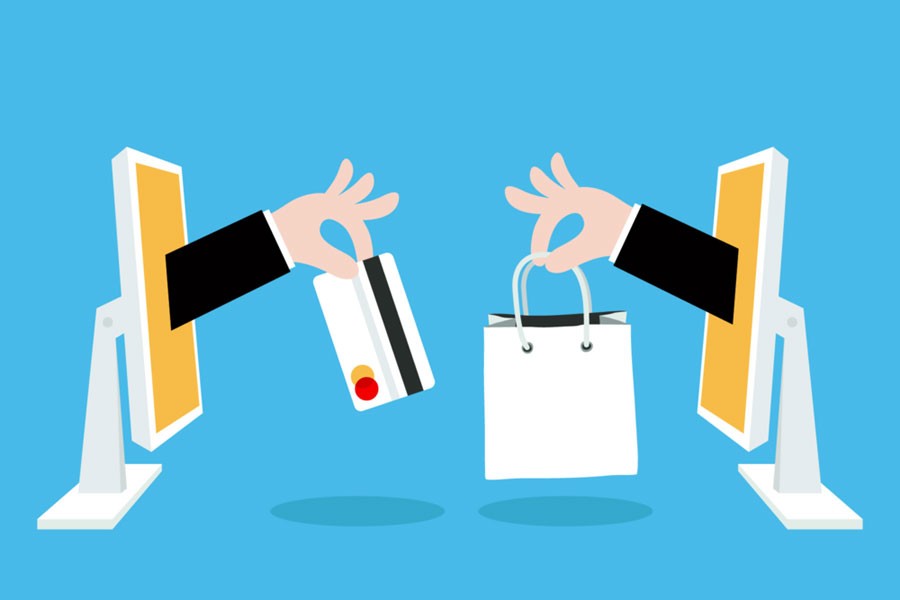
Published :
Updated :

Consumer packaged goods also known as CPG are the type of goods that are consumed every day by the average consumer. These goods in this category need to be frequently replaced compared to those that are used for an extended period. The CPGs will always have consumers, but the market is highly competitive. This is due to high market saturation and low consumer switching costs. CPGs have been performing well in Bangladesh over the years. This can be due to an expanding urban middle class with growing disposable income.
Packaged food was valued at US$9.8 billion in 2013 after registering a CAGR of 20 per cent from 2009. Dairy (CAGR 37 per cent), baby food (CAGR 31 per cent), noodles and pasta (CAGR 28 per cent) and confectionery (CAGR 25 per cent) performed exceptionally well.
Soft drinks market value amounted to US$235 million in 2013 after registering a CAGR of 18 per cent in value terms since 2009. Juice (CAGR 23 per cent), bottled water and sports and energy drinks (19 per cent CAGR each) and carbonates (16 per cent CAGR) were the most dynamic soft drinks categories. It is forecast that soft drinks will see a value CAGR of 15 per cent over 2013-2018.
Categories such as beauty and personal care products (CAGR 15 per cent over 2009-2013), home care (CAGR 12 per cent) and tissue and hygiene (CAGR 20 per cent) also performed strongly.
(According to Markets of The Future in Bangladesh, Euromonitor International, 2014)
Digitalisation in the country has given manufacturers new ways to engage consumers, and online D2C models are one of them. Direct to Consumer is the use of digital commerce and other activities which disintermediate entities previously established in the supply chain. E-commerce has affected every product category and goods that were once purchased almost exclusively in stores are now increasingly researched and bought online. The number of Bangladeshi consumers buying health and hygiene products online may very well double within a year. Various new firms that are coming into the market, meeting the online consumer demand and encouraging it. These new firms are giving the established manufacturers and retailers a run for their money. Overseas many large CPG manufacturers are exploring ways to reach consumers directly through digital channels. They are doing this to counter the threat of disruptors and the constant margin pressure from retailers. They are no longer content to send out static, one-way marketing messages, such as emails or banner ads announcing a special sale. Instead, they are looking to engage consumers in highly personalised, consistent interactions. Some CPG manufacturers are getting into the direct-to-consumer (D2C) game by scooping up fast-growing new entrants. This can be seen from Unilever's $1 billion acquisition of Dollar Shave Club. They are also betting on start-ups such as Campbell Soup's $10 million investment in meal-kit company Chef’d. Some companies are even launching their very own D2C initiatives.
However, D2C does not apply to all products. For example, products that melt quickly at room temperature may be poor candidates for D2C channels. A CPG manufacturer has to carefully study how its consumers typically shop for products and brands, and how its products characteristics would affect online fulfillment.
Therefore, the success of CPG manufacturers going success D2C typically depend on four factors.
A- Clear definition of D2C's role,
B- Hook to attract and retain consumers,
C- Thorough plan for gaining the required capabilities,
D- A scalable economic model combined with venture-capital mind-set toward metrics.


 For all latest news, follow The Financial Express Google News channel.
For all latest news, follow The Financial Express Google News channel.